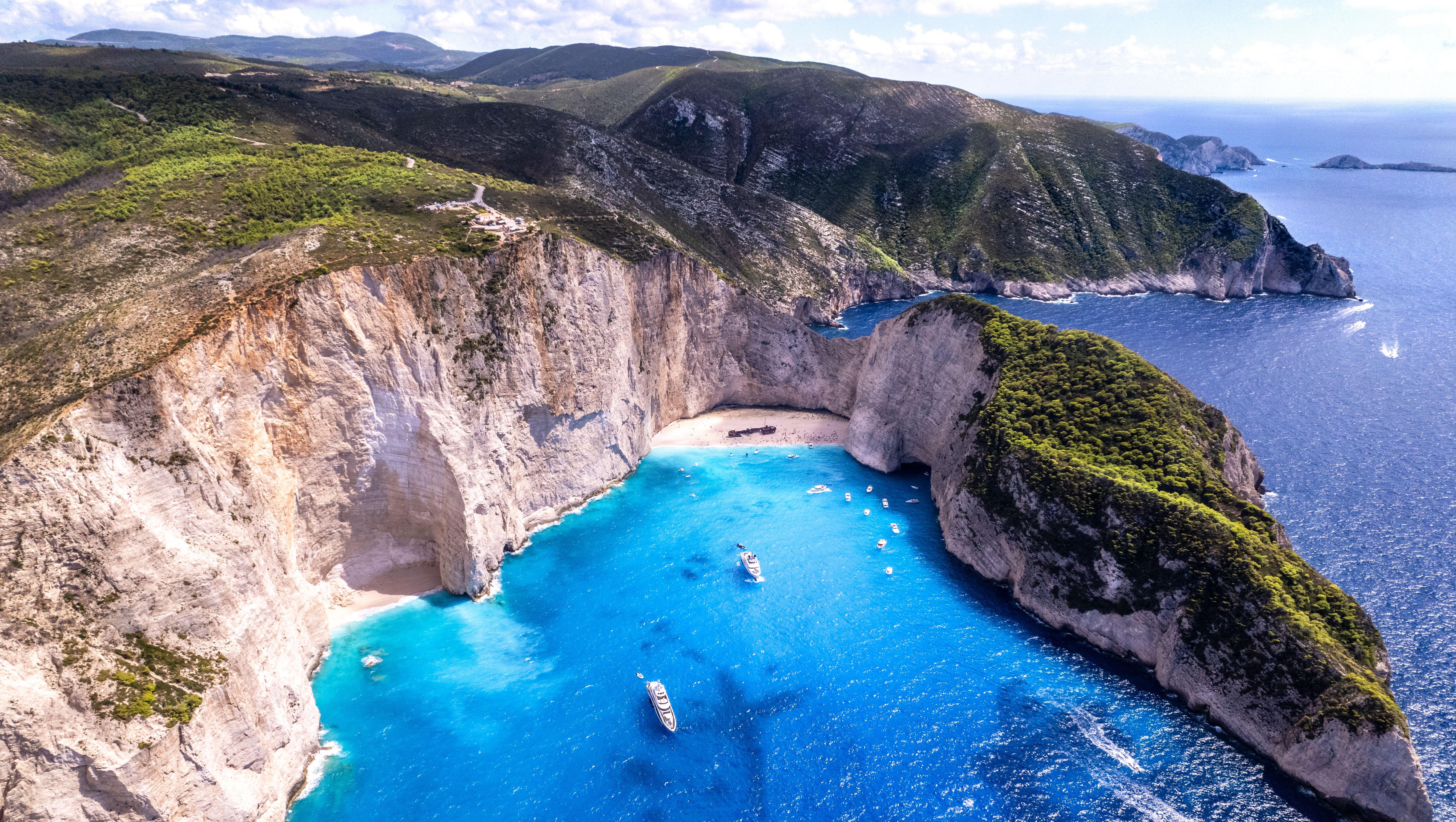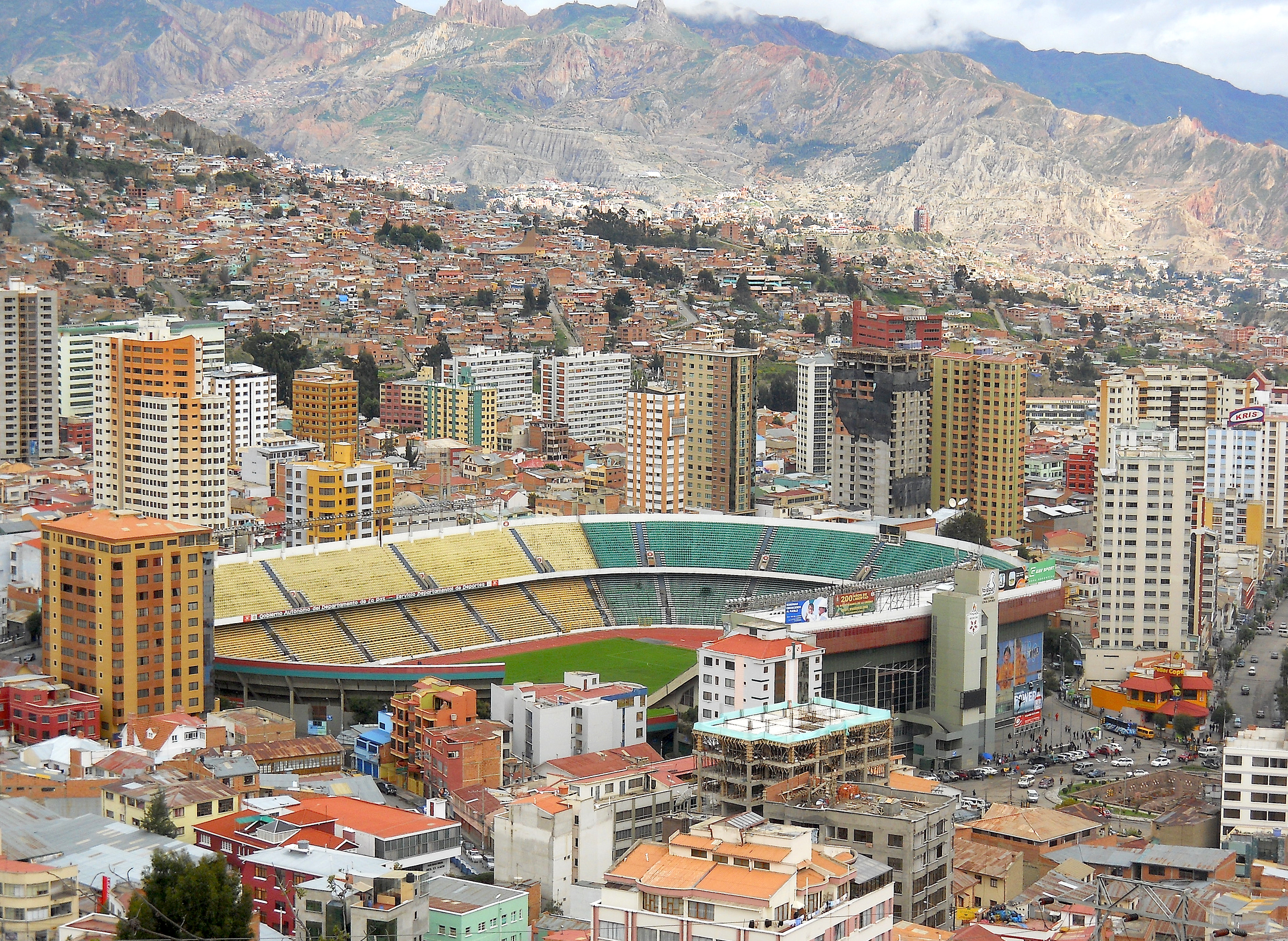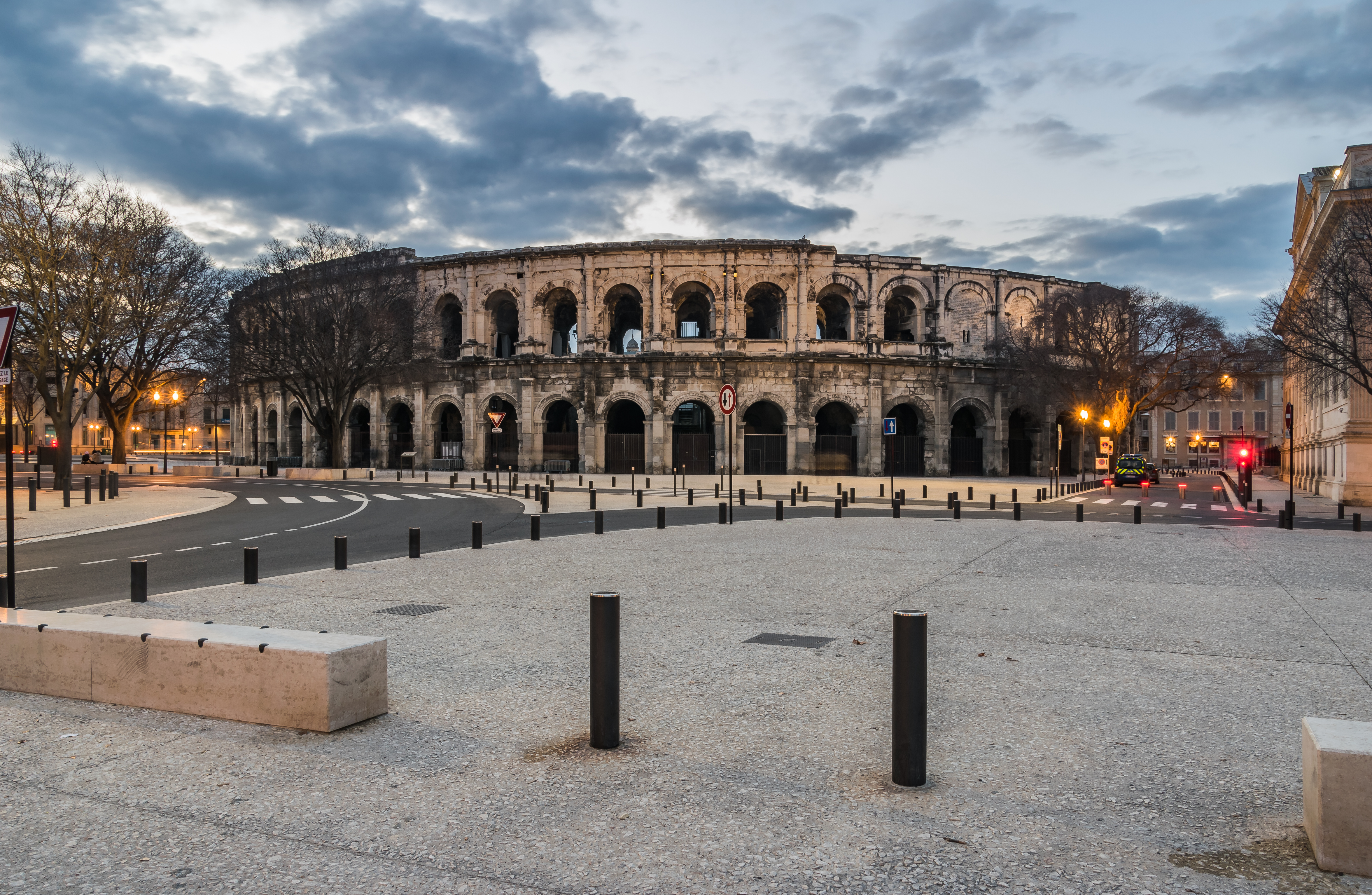11 Deserted Film Sets Where Hollywood Magic Died
Hollywood has long been synonymous with glamour, storytelling, and larger-than-life creations. Yet, behind the glitz and glamor lies a world of abandoned dreams and forgotten relics. Deserted film sets, once bustling with creativity and energy, now stand as silent witnesses to the ephemeral nature of cinematic magic. This exploration delves into 11 such deserted film sets, each with its own tale of rise and fall, illustrating how the magic of Hollywood can fade, leaving behind echoes of its former glory. These sites offer a haunting reminder of the transient nature of fame and the relentless march of time.
The Ghostly Remains of "Popeye Village"

The 1980 musical "Popeye," starring Robin Williams, was filmed in Malta, where a quaint, colorful village was constructed to serve as the fictional Sweethaven. Today, Popeye Village still stands, albeit as a quirky tourist attraction rather than a bustling movie set. Its wooden structures, painted in vibrant hues, are now weathered by time and the elements. Visitors can walk through the village, imagining the lively scenes once shot there. Despite its abandonment as a film set, the village's transformation into a tourist spot offers a glimpse into how some deserted sets can find new life, preserving a piece of cinematic history.
The Eerie Silence of "The Abyss" Underwater Set
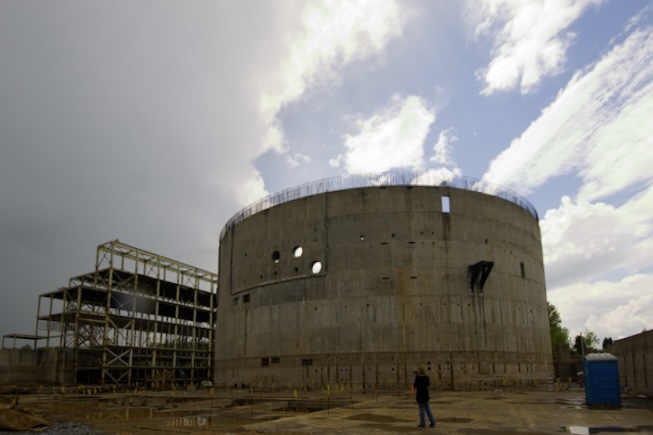
James Cameron's ambitious 1989 film "The Abyss" required a massive underwater set, which was constructed in an abandoned nuclear power plant in South Carolina. The set included the world’s largest freshwater tank, where the film's underwater scenes were shot. After production wrapped, the site was left to decay, a ghostly underwater world filled with rusting metal and algae. The set's abandonment highlights the challenges of maintaining such large-scale constructions and serves as a testament to the lengths filmmakers will go to achieve authenticity. It remains a submerged relic of Hollywood's pursuit of innovation and realism.
Cleopatra" and the Deserted Sands of Pinewood Studios

The 1963 epic "Cleopatra," starring Elizabeth Taylor, was one of the most expensive films ever made. Its lavish sets were constructed at Pinewood Studios in the UK, including a massive replica of ancient Alexandria. However, budget overruns and production delays led to the eventual abandonment of many set pieces. Today, only fragments remain, buried under layers of sand and time. This deserted grandeur reflects the film's tumultuous production history and serves as a cautionary tale about the risks of over-ambition in filmmaking. The remnants of "Cleopatra" remind us of the fine line between visionary projects and financial folly.
Dune's" Deserted Dreams in Mexico
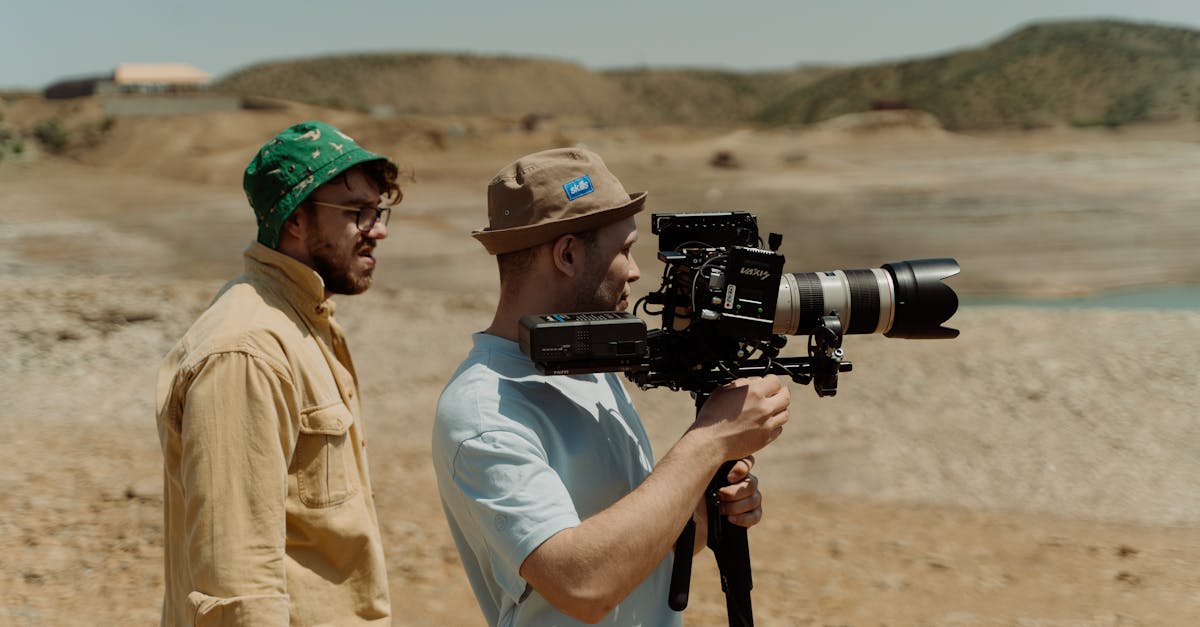
David Lynch's 1984 adaptation of "Dune" was filmed in the deserts of Mexico, where elaborate sets were constructed to bring the sci-fi epic to life. However, the film's commercial failure led to the abandonment of these intricate creations. The harsh desert climate quickly reclaimed the site, leaving only traces of the once-grandiose structures. This deserted set represents the unpredictable nature of the film industry, where even projects with significant investment and potential can falter. The remnants of "Dune" serve as a stark reminder of the challenges filmmakers face in adapting complex narratives to the screen.
The Forgotten Streets of "Back to the Future"
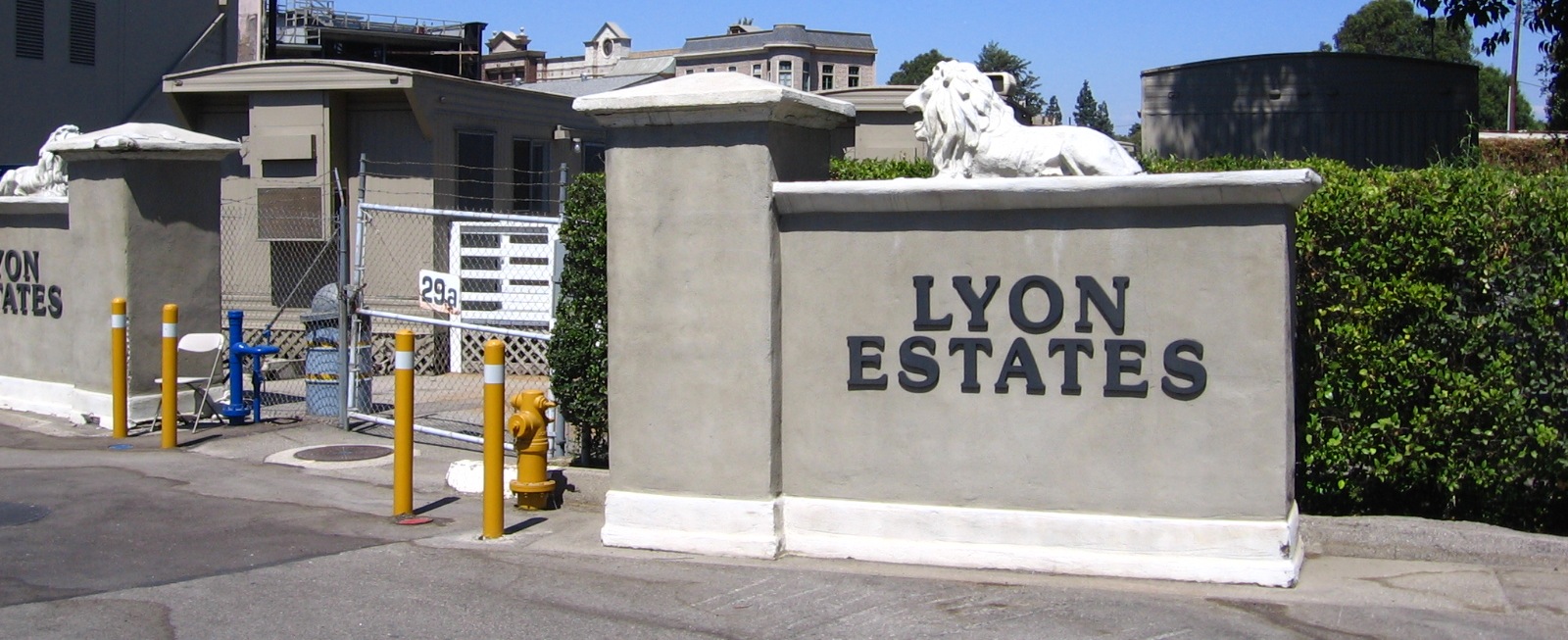
The iconic Hill Valley set from the "Back to the Future" trilogy was constructed on the Universal Studios backlot. While the set was used for various productions over the years, it was eventually abandoned and fell into disrepair. A fire in 2008 further damaged the site, leaving it a shadow of its former self. This deserted set, once a symbol of cinematic innovation and nostalgia, underscores the impermanence of film locations. It highlights the delicate balance between preservation and progress within the industry, where beloved sets can be lost to time and circumstance.
The Mysterious Decay of "The Hunger Games" Arena

The arena scenes in "The Hunger Games" were filmed in North Carolina, utilizing a mix of natural landscapes and constructed elements. After filming concluded, the set was left to decay, with nature gradually reclaiming the area. This abandoned site, once filled with the tension and drama of the dystopian series, now stands as a testament to the fleeting nature of film production. It illustrates how quickly the magic of cinema can fade, leaving behind only overgrown remnants. The deserted arena serves as a poignant reminder of the contrast between the vibrant world on screen and its real-world counterpart.
The Abandoned Majesty of "The Last Samurai" Village

In the New Zealand countryside, the set of the 2003 film "The Last Samurai" remains, though it has been largely abandoned. The village, constructed to depict 19th-century Japan, was left to the elements after production wrapped. Its wooden structures, now weathered and overgrown, evoke a sense of haunting beauty. This deserted set highlights the global nature of filmmaking, where locations around the world are transformed for cinematic storytelling. The remnants of "The Last Samurai" village serve as a testament to the artistry and craftsmanship involved in creating immersive film worlds, even as they succumb to time.
The Deserted Ruins of "Indiana Jones" in Tunisia

The sets for "Indiana Jones and the Raiders of the Lost Ark" were constructed in the Tunisian desert, where the film's iconic opening scenes were shot. After filming, the sets were left to the harsh desert conditions, slowly deteriorating over the years. Despite their abandonment, the ruins continue to attract adventurous fans and tourists, drawn by the allure of the legendary film. This deserted set illustrates the enduring legacy of iconic movies, where even decaying remnants can inspire fascination and nostalgia. It also highlights the challenges of preserving film history in remote and inhospitable locations.
The Ghost Town of "The Good, the Bad and the Ugly"

The Spanish desert of Tabernas served as the backdrop for many Spaghetti Westerns, including "The Good, the Bad and the Ugly." The film's set, constructed as an Old West town, was abandoned after production concluded. Today, it stands as a ghost town, with its wooden facades and dusty streets evoking the spirit of the Wild West. This deserted set reflects the transient nature of film production, where entire worlds are built and dismantled in the pursuit of storytelling. It also underscores the cultural impact of cinema, where even abandoned sets can become iconic symbols of a genre.
The Faded Grandeur of "Waterworld" Atoll
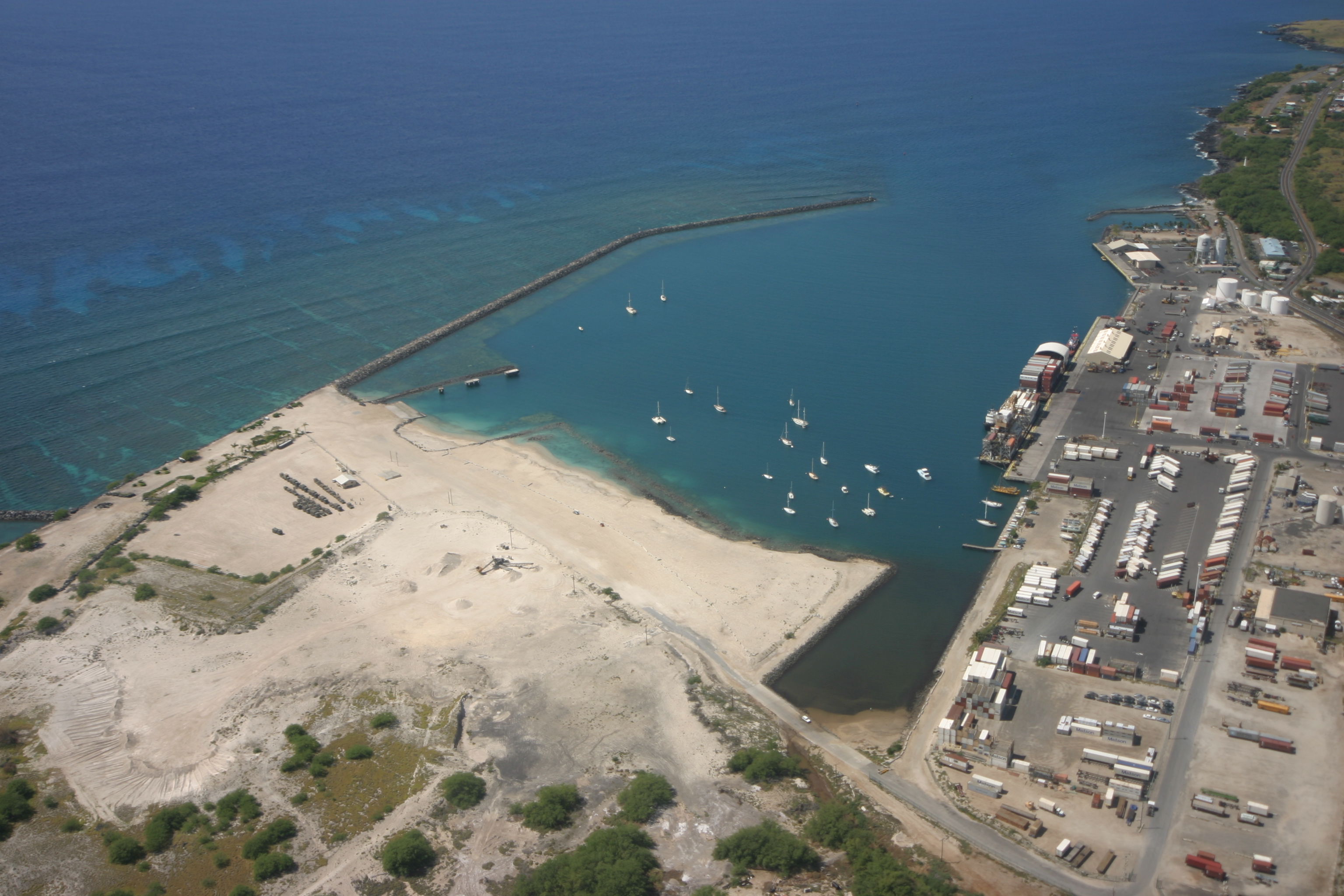
The 1995 film "Waterworld," known for its troubled production and high costs, featured a massive floating atoll set constructed off the coast of Hawaii. After filming, the set was dismantled, but remnants of the ambitious construction can still be found. This deserted set represents the risks and rewards of cinematic ambition, where innovative ideas can lead to both groundbreaking achievements and significant challenges. The faded grandeur of the "Waterworld" atoll serves as a reminder of the delicate balance between creativity and practicality in filmmaking, where the pursuit of vision must be tempered by logistical realities.
The Forgotten Kingdom of "King Kong" in New Zealand

Peter Jackson's 2005 remake of "King Kong" involved the creation of Skull Island, a lush and treacherous world brought to life in New Zealand. After filming, the elaborate set was abandoned, leaving behind a forgotten kingdom of artificial landscapes and decaying props. This deserted set highlights the ephemeral nature of film worlds, where painstakingly crafted environments can quickly become relics of the past. It also underscores the environmental considerations of filmmaking, where the impact of abandoned sets on natural landscapes must be carefully managed. The forgotten kingdom of "King Kong" serves as a poignant reminder of the intersection between art and nature.
The Legacy of Abandoned Film Sets

The stories of these 11 deserted film sets offer a unique perspective on the world of cinema, where the line between reality and fiction blurs. Each set, with its own history and significance, reflects the challenges and triumphs of filmmaking. While these sites may no longer echo with the sounds of production, they continue to captivate the imagination, serving as tangible reminders of Hollywood's past. As we explore these abandoned places, we are reminded of the transient nature of cinematic magic and the enduring impact of the stories they helped to tell. These deserted sets, though silent, speak volumes about the legacy of film and the ever-evolving landscape of the industry.




